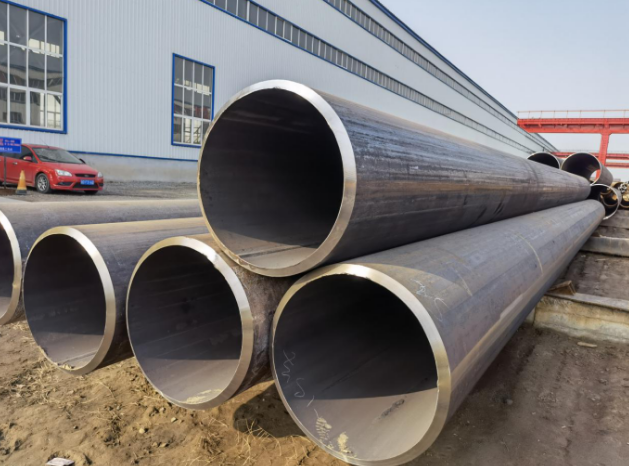Welding Process Parameters Affect the Shape of Submerged Arc Welding Seam
- simon mass
- Jan 17, 2022
- 3 min read
Submerged arc welding (SAW) is mainly suitable for welding at the flat welding position. If certain tooling aids are used, welding at fillet welding and horizontal welding positions can be realized. The main factor that affects the shape and performance of the submerged arc welding seam is the welding process parameters.
The welding parameters of submerged arc welding mainly include: welding current, arc voltage, welding speed, welding wire diameter and extension length.
1. Welding current Under general welding conditions, the weld penetration is directly proportional to the welding current. With the increase of welding current, the penetration depth and weld reinforcement increase significantly, while the width of the weld does not change much. At the same time, the melting amount of the welding wire also increases correspondingly, which increases the residual height of the weld. As the welding current decreases, the penetration and the surplus height decrease.
2. Arc voltage As the arc voltage increases, the welding width increases significantly, while the penetration and weld reinforcement decrease. However, when the arc voltage is too large, not only the penetration depth will be reduced, resulting in incomplete penetration, but also poor weld formation, difficult slag removal, and even undercut and other defects. Therefore, while increasing the arc voltage, the welding current should be increased appropriately.
3. Welding speed
When other welding parameters remain unchanged and the welding speed increases, the welding heat input decreases accordingly, so that the penetration depth of the weld is also reduced. Too much welding speed will cause defects such as incomplete penetration. In order to ensure the welding quality, a certain amount of welding heat input must be guaranteed, that is, while increasing the welding speed in order to increase the productivity, the welding current and arc voltage should be increased accordingly.

4. Welding wire diameter and extension length When other welding parameters remain unchanged and the diameter of the welding wire increases, the diameter of the arc column increases, that is, the current density decreases, which will cause the width of the weld to increase and the penetration to decrease. On the contrary, the penetration depth increases and the weld width decreases.
When other welding parameters remain unchanged and the length of the welding wire increases, the resistance also increases, and the preheating effect of the extended part of the welding wire increases, and the melting speed of the welding wire increases. As a result, the penetration becomes shallower and the weld reinforcement increases. The extension length of the welding wire must be controlled and not too long.
5. Wire inclination The tilt direction of the welding wire is pided into forward tilt and backward tilt. The direction and size of the inclination angle are different, and the force and heat of the arc on the molten pool are also different, which affects the weld formation. When the welding wire is tilted back at a certain angle, the weldment in front of the molten pool is preheated because the arc points to the welding direction, and the discharge of the liquid metal from the molten pool by the arc weakens, resulting in a wide weld and a shallower penetration. On the contrary, the width of the weld is smaller and the penetration depth is greater, but it is easy to cause unfusion and undercut on the edge of the weld, and make the weld shape worse.
6. Other a. Groove shape b. Root gap c. The thickness of the weldment and the heat dissipation conditions of the weldment.
Submerged arc welded steel pipe: A steel pipe made of strip steel coils as raw materials, often extruded at temperature, and welded by automatic double-wire double-sided submerged arc welding.
The characteristics of submerged arc welded steel pipes: LSAW Pipe has simple production process, high production efficiency, low cost, and rapid development. Spiral welded pipe (SSAW Pipe) generally has higher strength than straight seam welded pipe. It can produce welded pipes with a larger pipe diameter from a narrower blank, and can also produce welded pipes with different pipe diameters from the same width blank.
But compared with the straight seam pipe of the same length, the weld length is increased by 30-100%, and the production speed is lower. Therefore, most of the smaller diameter welded pipes use straight seam welding, and the large diameter welded pipes mostly use spiral welding.


Comments